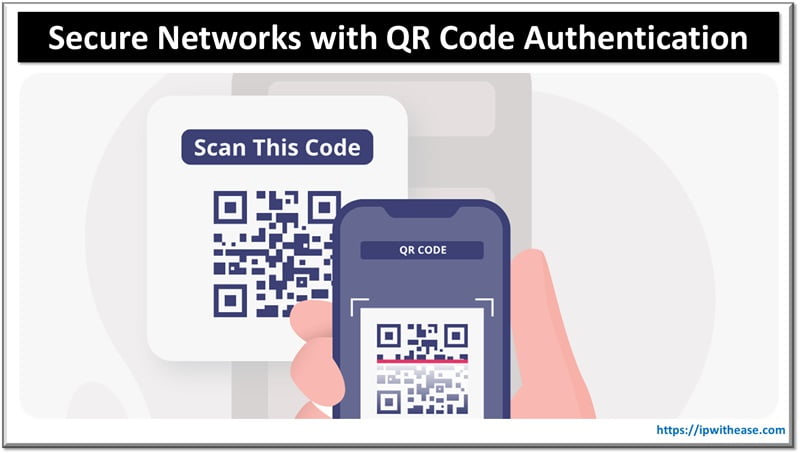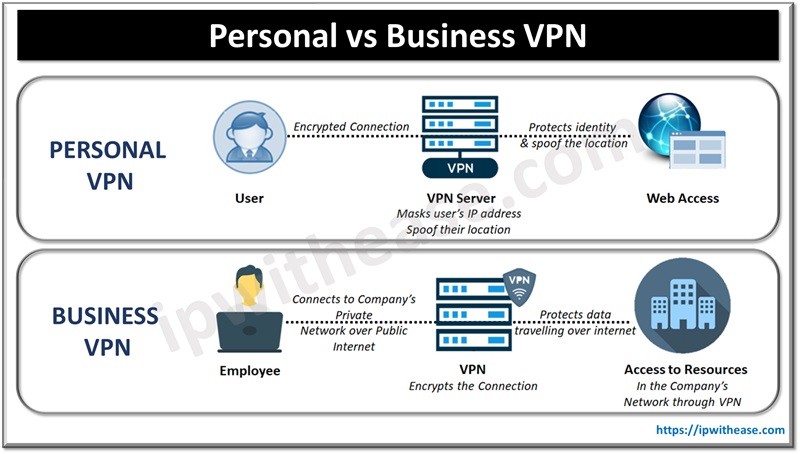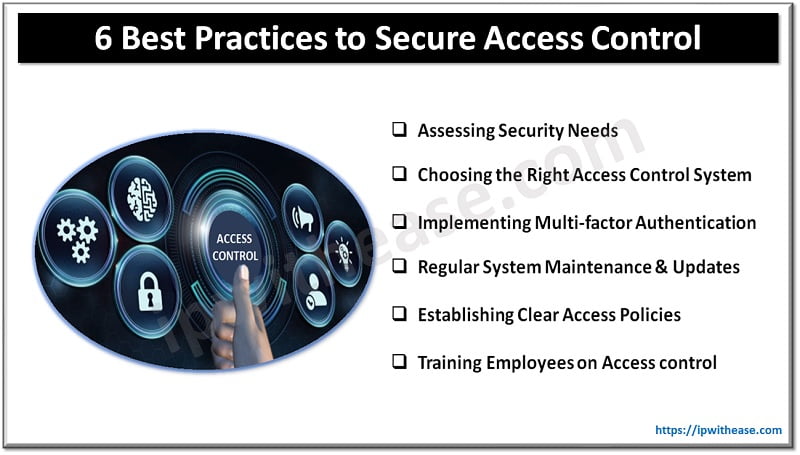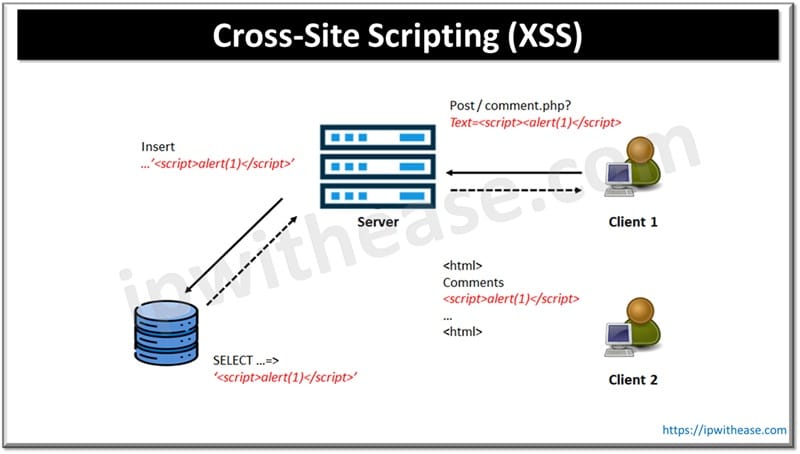Table of Contents
The networked world of today is seeing QR code authentication as a critical security technique more and more. Protecting access points and critical data is made much easier when QR code authentication is used by companies and organizations that aim for increased security. Seventy-four percent of IT experts think QR codes may greatly enhance security measures, according to a poll on Cybersecurity 2016. This result emphasizes how much more dependent people are on this technology to protect private information. The advantages, possible difficulties, and implementation techniques of QR code authentication are discussed in this article along with ways to maximize network security.

QR Code Authentication
The ease of use and great degree of security of QR Code Authentication have caused it to become more and more popular recently. According to research, QR codes’ growing incorporation into security frameworks is predicted to drive substantial growth in the worldwide industry. The capacity of the technology to give fast and safe network access without requiring complicated login credentials is what drives this expansion.
Related: What is a QR code and are they safe?
Advantages
QR code authentication offers several key benefits that make it an attractive option for network security:
- Enhanced Security: By using a unique, encrypted code each time, QR codes reduce the risk of unauthorized access.
- Ease of Use: Users can gain access simply by scanning a code, eliminating the need for remembering passwords.
- Cost-Effectiveness: Generating and scanning QR codes is relatively inexpensive compared to other security measures.
- Versatility: QR codes can be used across various platforms and devices, enhancing compatibility and user experience.
Disadvantages
However, there are also challenges associated with QR code authentication:
- Dependency on Devices: Users must have a smartphone or a device capable of scanning QR codes.
- Technical Issues: Problems like poor code quality or camera issues on mobile devices can hinder the effectiveness of QR code systems.
- Security Risks: If not properly implemented, QR codes can be susceptible to attacks like QR phishing.
How QR Code Authentication Works
It is clearer how reliable and effective QR code authentication is when one understands its technological working.
Generation of QR Codes
QR codes used in authentication are dynamically generated using secure algorithms. Because all code is different and often only valid for a short while, security is increased by the difficulty of duplication or reuse.
Scanning and Verification
The process of scanning QR codes involves capturing the code via a smartphone camera, after which the data is decoded and verified against the server. This ensures that the information is both accurate and timely, thereby authorizing user access. The authentication process involves two main steps:
- Scanning: The user scans the QR code with a device.
- Verification: The backend system verifies the scanned information before granting access, ensuring that the data matches an expected pattern or encryption.
Implementing QR Code Authentication
Before integrating QR code authentication, organizations need to evaluate their current security infrastructure and determine the compatibility with QR code technology.
- Assessment of Existing Security: Review current security measures and identify any necessary upgrades.
- Choosing a Reliable QR Code Generator: It is crucial to select a robust QR code generator that supports secure encryption standards. For example, you can use a QR code generator
- Integration with Existing Systems: Seamlessly integrate QR code scanning and verification capabilities with existing authentication frameworks.
- User Education and Training: Educate users on how to use QR code authentication effectively.
Requirements
Organizations looking to implement QR code authentication need to consider the following:
- Infrastructure: Adequate hardware and software to generate and scan QR codes.
- Security Protocols: Robust security measures to protect the generation, distribution, and scanning of QR codes.
Best Practices
Effective deployment of QR code authentication can be achieved by following these tips:
- Regular Updates: Keep the QR code generation software and scanning apps updated to protect against vulnerabilities.
- User Education: Train users on the correct way to scan QR codes and recognize phishing attempts.
- Secure Transmission: Ensure that the data transmitted via QR codes is encrypted and secure.
Case Studies
Numerous companies have effectively used QR code authentication, proving its value in improving network security.
- State of California Driver’s Licenses: The California Department of Motor Vehicles (DMV) incorporated QR codes into their driver’s licenses.expand_more When law enforcement pulls someone over, they can scan the QR code with a secure app to verify the license’s authenticity in real-time.expand_more This reduces the risk of fake IDs and helps streamline the verification process.
- World Health Organization (WHO) Vaccine Passports: During the COVID-19 pandemic, the WHO explored using QR codes on vaccination certificates.expand_more Individuals could scan the code with a designated app to verify the authenticity of their vaccination status. This could be used for travel or access control in specific situations.
These examples provide practical insights into the deployment and benefits of QR codes in real-world scenarios.
Conclusion
One useful instrument for network access security is QR code authentication. Organizations may successfully employ this technology and guarantee strong security in an easy-to-use way by being aware of its advantages and possible disadvantages.
ABOUT THE AUTHOR
IPwithease is aimed at sharing knowledge across varied domains like Network, Security, Virtualization, Software, Wireless, etc.



